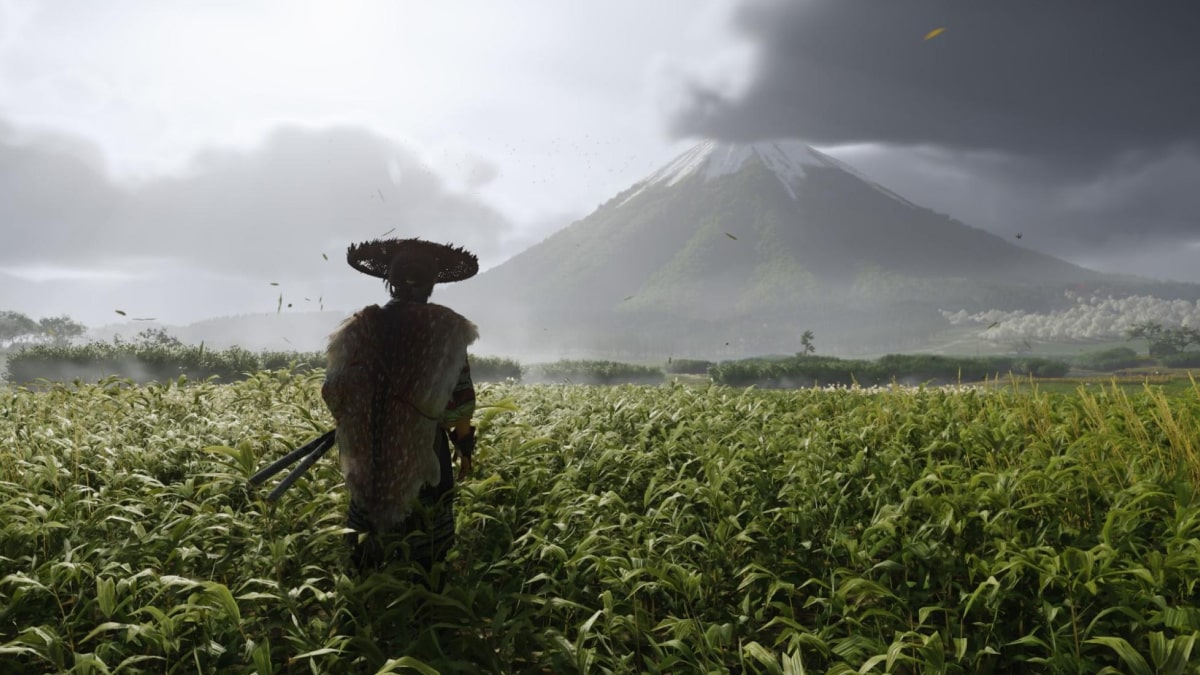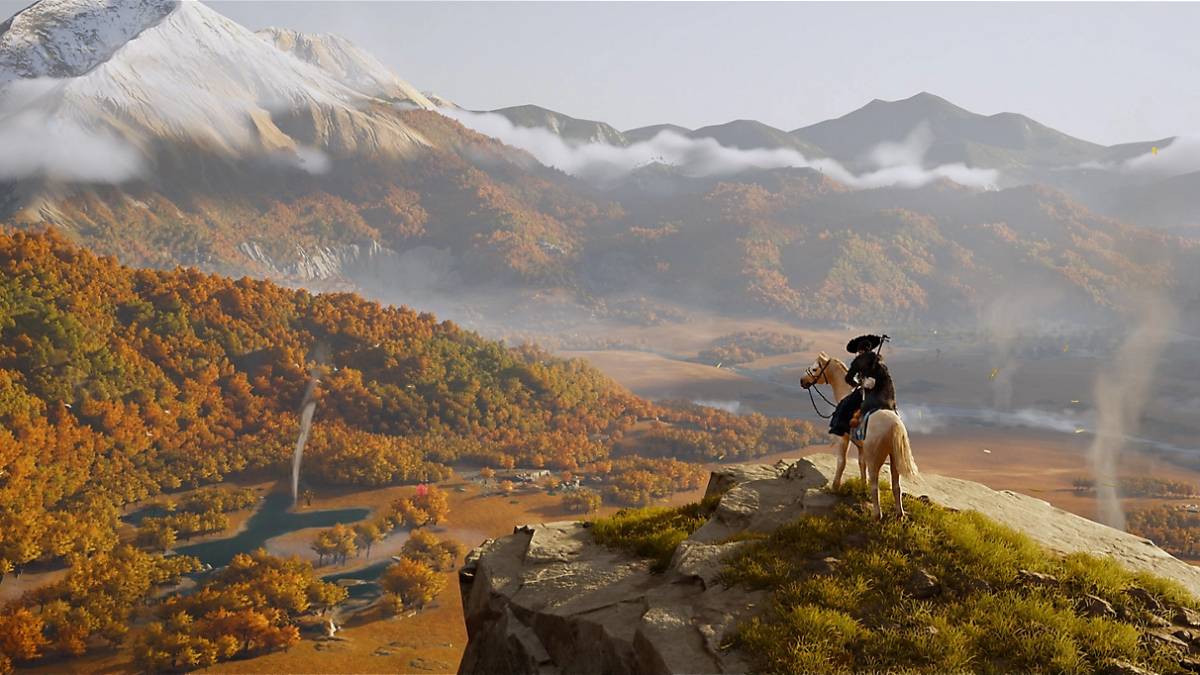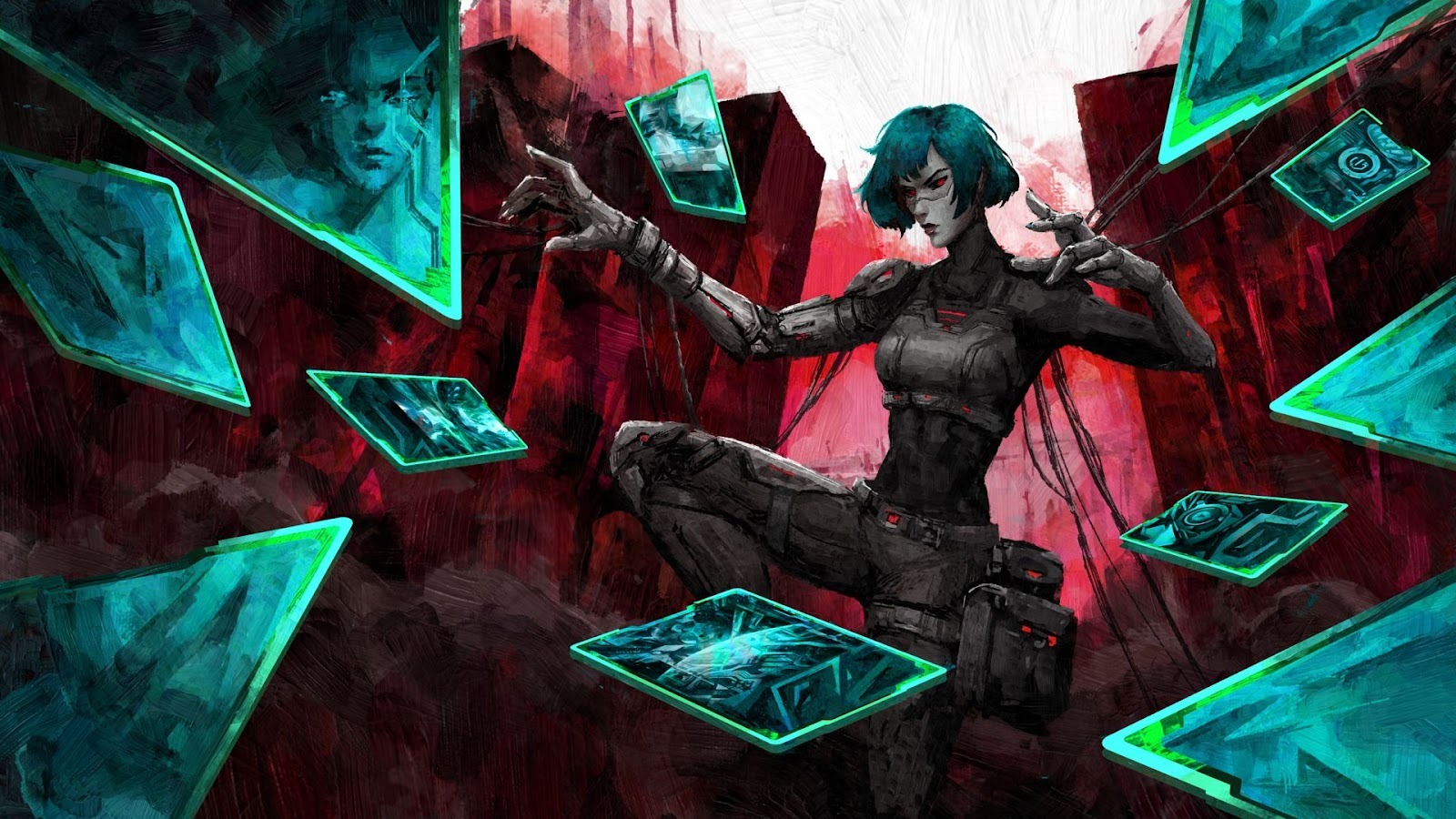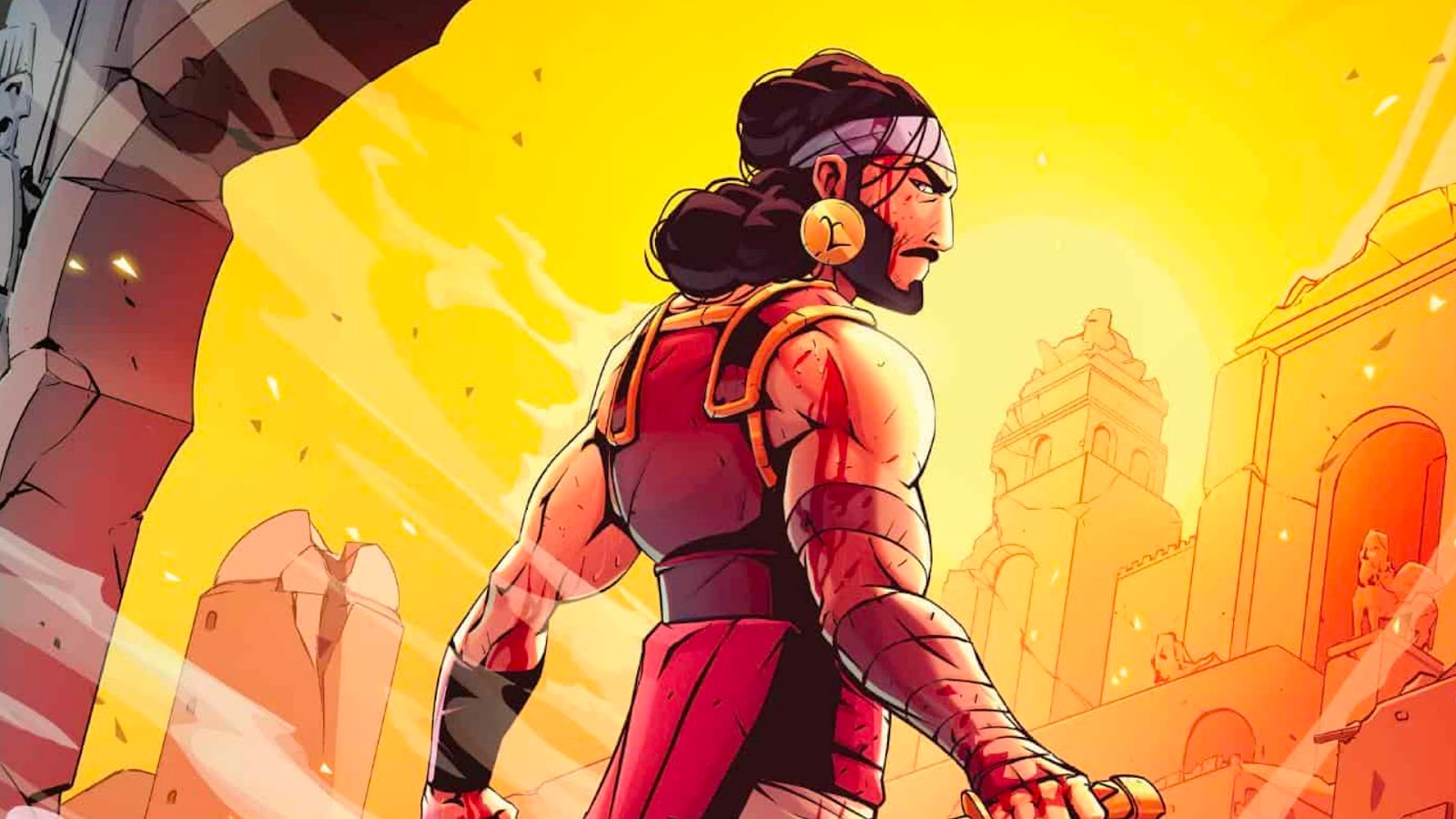You can trust VideoGamer. Our team of gaming experts spend hours testing and reviewing the latest games, to ensure you're reading the most comprehensive guide possible. Rest assured, all imagery and advice is unique and original. Check out how we test and review games here
- Ghost of Yotei’s open world is littered with repetitive, barely indistinguishable optional activities and points of interest.
- These make the world feel formulaic and turn it into an unsatisfying checklist.
- As a consequence, the open world lacks mystery and intrigue, feeling more like a chore than something worth exploring.
- This is especially disappointing, since some areas of the game hint at unexplored potential for a more robust open-world experience.
After spending 60 hours hoofing and puppetering Atsu across Ezo in Ghost of Yotei, the pithiest way I can describe it is as Open World™. If you’ve played Assassin’s Creed, Far Cry, Horizon Forbidden West, Marvel’s Spider-Man, or Days Gone, you’ll know the drill. It’s the familiar glut of barely indistinguishable optional activities and points of interest requiring trite, repetitive completion criteria to unlock a sliver of health, Spirit, or yet another cosmetic to add to the pile. The same rigid rules and conventions of AAA open-world design wedged down our collective gamer gullets over the past 15 years.
It’s all busywork, artificial sweetener to plump out the world. After the first few hours, it’s sapped of its mystery because once you’ve button-mashed your way through a Bamboo Strike, caught a glimpse of Atsu’s bum as she dips into a Hot Spring, or obediently parkoured up to a Shrine following the not-yellow-in-apperance-but-yellow-in-function hand holds once, you’ve imbibed as much intrigue and novelty as Ghost of Yotei’s open world has to offer.
Where’s the heart?
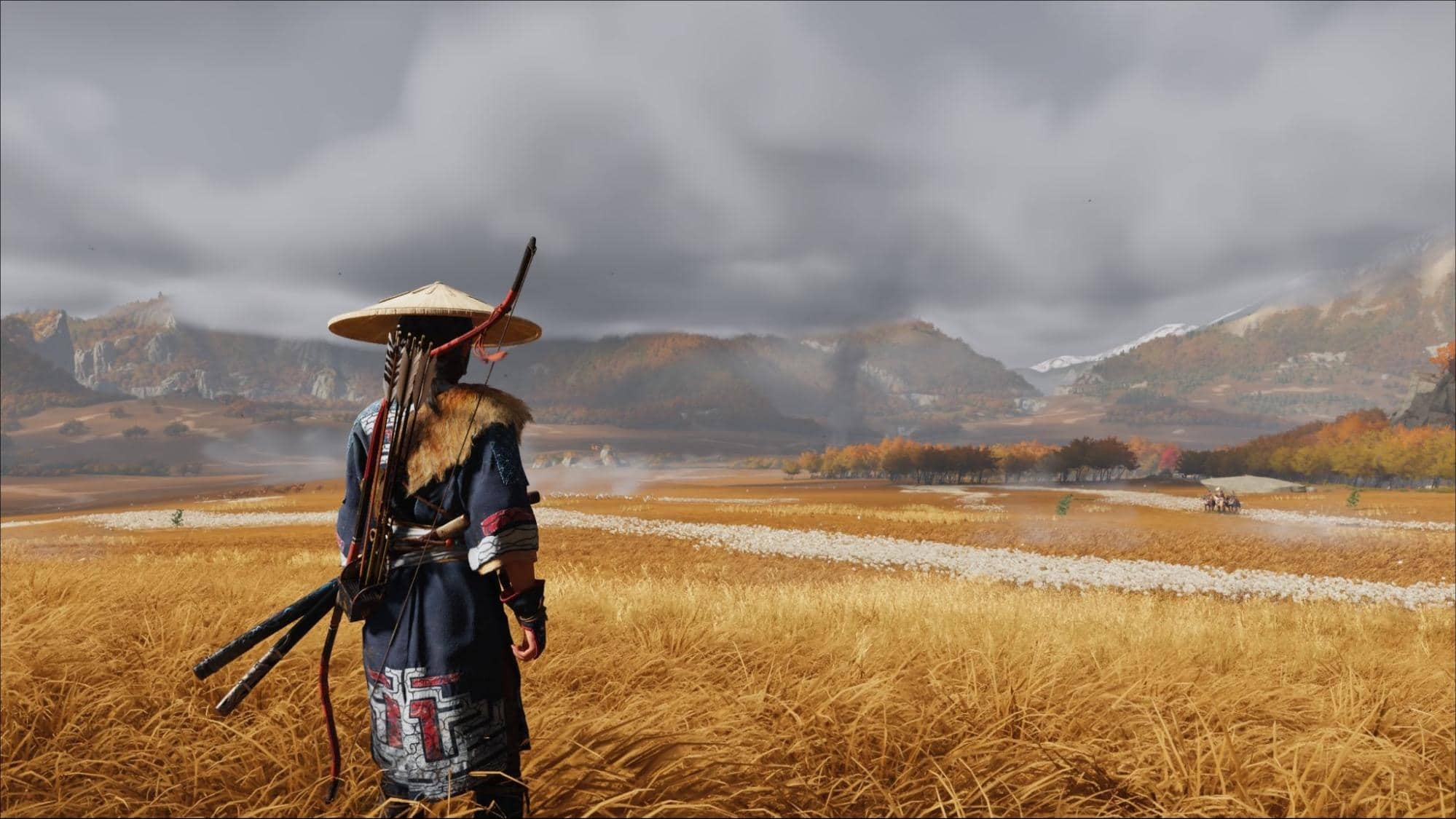
It’s a shame. I’m an obsequious fiend for any game set in feudal Japan, and, in my eyes, Kurosawa’s Seven Samurai is hallowed cinematic syrup. Gritty samurai yarns spun in misty bamboo groves, the striking percussiveness of a plucked shamisen—I’m in. All that to say, I had a lot of time for Sucker Punch’s follow-up and was prepared to engage in heavy-handed apologism for Yotei’s minor annoyances. Despite having similar gripes with Ghost of Tsushima’s open world, I was optimistic Sucker Punch would iron them out for Yotei.
But after gawking at Yotei’s decadent vistas and enrapturing style for a bit, I soon cottoned on that this was just Tsushima with a larger but equally formulaic and, by extension, predictable world. I leaned on a more compelling collection of side quests to quell my consternation. However, it all congealed into the messy, insipid joy killer that is the checklist. You know what’s going to happen a mile off, quite literally, as you eye up a distant structure, plume of smoke, or any of Yotei’s uncounted idyllic spots. It’s the classic stick and carrot, devoid of meaning, payoff, or satisfying substance beyond gamified fluff.
And therein lies my biggest frustration with Ghost of Yotei. Or more succinctly, with its squandered potential. Sucker Punch has a knack for atmospheric, mood-setting, and convincing human moments. Yotei’s post-prologue title sequence is masterful stuff. However, that hard work often feels wasted due to an emphasis on repetitive activities, which drags the game low in the act of exploration and observation, and, more holistically, in the way the design intends the player to experience the world.
Higher callings
Ghost of Yotei isn’t alone. It stands as merely the latest example of an industry-wide shift towards constructing lifeless worlds in the name of a safe financial bet. There are, thankfully, a few outliers still carrying the torch of open worlds that feel genuinely engaging. Tears of the Kingdom, The Witcher 3, Dragon’s Dogma 2, and Elden Ring all spring to mind. These feel intentionally crafted rather than coloured in by the numbers. They are more than just gambits to ensure sales by tapping into our propensity to perceive familiar, predictable repetition as fun.
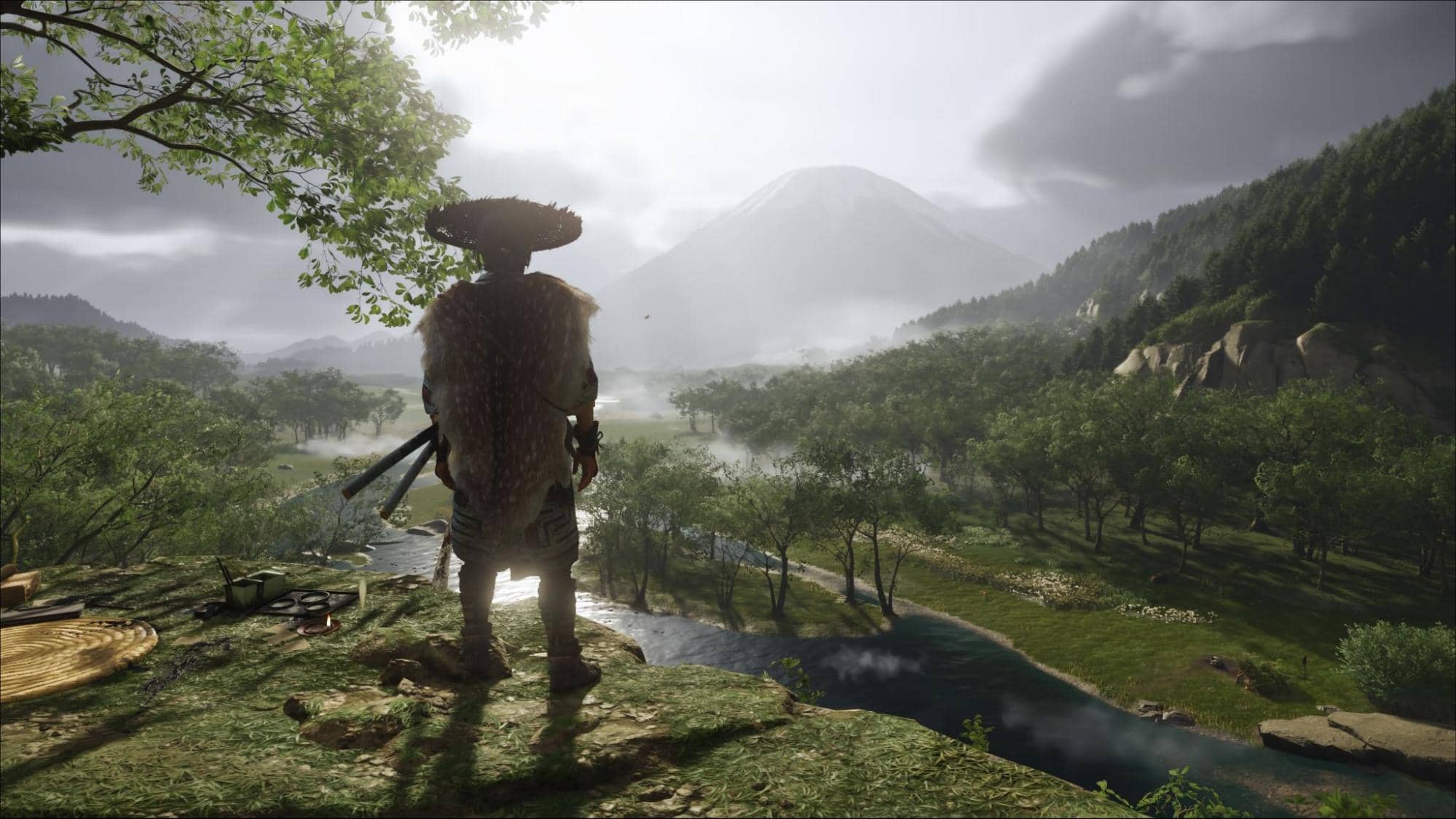
I would have liked to see Sucker Punch scale back the glut of activities in favor of one-off, crafted activities styled as stories with instanced payoffs injected with the same humanity that pepper some of Yotei’s more daring side quests. The ones where the topography tells as much of a story as the people you meet, where you can almost smell the loamy coarseness of the soil, and where those stunning vistas aren’t just there as eye candy but as vehicles for more intimate storytelling.
The Nayoro Wilds region in Ghost of Yotei hints a such possibilities, teasingly leaning into the indigenous Ainu and their connection to the land to weave meaningful fables and myths. However, these mere hints are not enough to elevate Ghost of Yotei as a whole.
That said, perhaps I am an outlier in my discontent. Games are escapism, a rejuvenating fissure in the crushing, unpredictable slab that is every day life, a break from car insurance renewals, heartbreak, and loss. Perhaps Ghost of Yotei’s checklists offer a curative form of satisfaction against this difficult backdrop. However, I can’t help but think that we lose some of the transformative, life-affirming qualities of great games by codifying them this way. Escapism can (and should) be so much more than a distracting checklist.
FAQs
Ghost of Yotei will take most players anywhere between 35 and 40 hours to complete.
Yes, Ghost of Yotei is very much in the same vein as Ghost of Tsushima, with similar combat, exploration, quest structure, and side activities.
No, they have distinct stories and settings that don’t directly tie into each other.
In Ghost of Yotei, you play as Atsu, a roaming warrior intent on avenging her murdered family.
